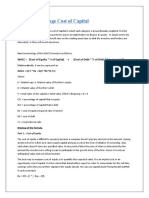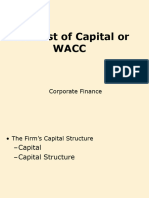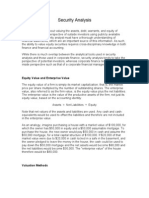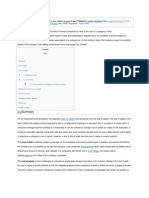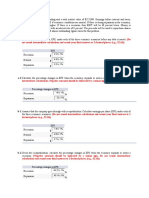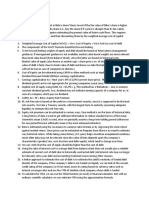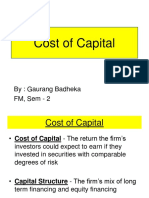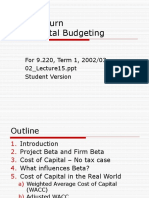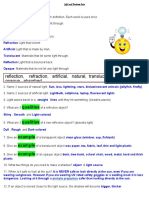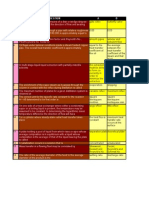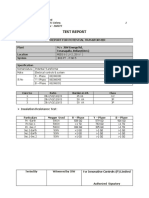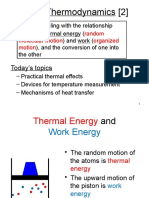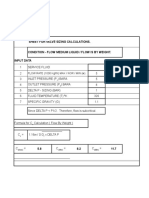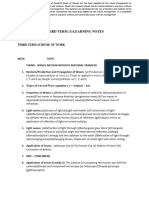0% found this document useful (0 votes)
62 views3 pagesFormulas Involved in WACC Calculations
This document outlines the calculations and formulas involved in determining the Weighted Average Cost of Capital (WACC) for corporate finance. It explains the components of the WACC formula, including the costs of equity, debt, and preferred stock, as well as the importance of adjusting these calculations based on the company's leverage ratio. The document emphasizes a two-step method for accurately calculating the cost of equity when leverage changes.
Uploaded by
Manuel Brites FerreiraCopyright
© © All Rights Reserved
We take content rights seriously. If you suspect this is your content, claim it here.
Available Formats
Download as PDF, TXT or read online on Scribd
0% found this document useful (0 votes)
62 views3 pagesFormulas Involved in WACC Calculations
This document outlines the calculations and formulas involved in determining the Weighted Average Cost of Capital (WACC) for corporate finance. It explains the components of the WACC formula, including the costs of equity, debt, and preferred stock, as well as the importance of adjusting these calculations based on the company's leverage ratio. The document emphasizes a two-step method for accurately calculating the cost of equity when leverage changes.
Uploaded by
Manuel Brites FerreiraCopyright
© © All Rights Reserved
We take content rights seriously. If you suspect this is your content, claim it here.
Available Formats
Download as PDF, TXT or read online on Scribd
/ 3



